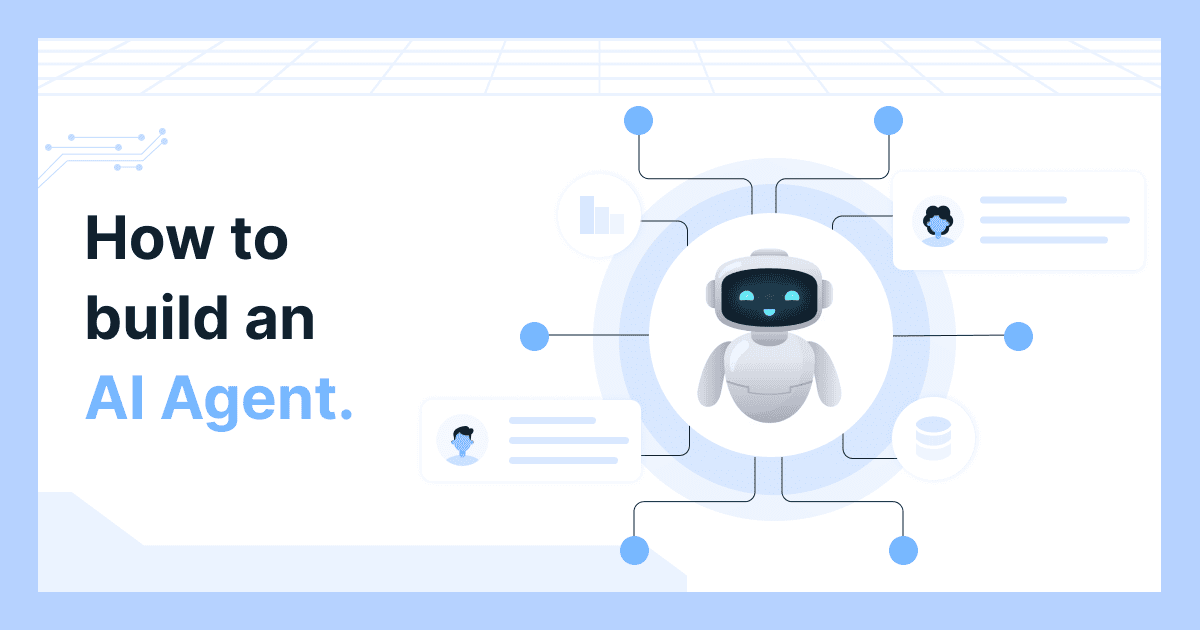In the quickly changing world of technology, cybersecurity dangers are always present. Yet again, malware sits high on the danger list, smartly adjusting itself to outpace today’s defences. Effective malware protection has become essential in this ever-evolving landscape. Those who create software and security experts must grasp malware’s subtle tricks and respond with fitting safeguards. There’s no other choice.
Soon, we’ll dive deeper into the world of 2025 malware. We’ll explore its growth, the ways to combat it, and the usage of tools for safeguarding ourselves.
What is Malware?
Malware is software specifically designed to cause damage, disruption, or unauthorized access to computers, networks, or devices. In 2025, malware relocated to use advanced technologies such as AI and ML. The major types of malware to be included will be:
- Viruses: These are attached to legitimate programs and spread upon execution.
- Worms: Self-replicating programs that move through networks independently.
- Ransomware: It locks users out of their data until a ransom is paid.
- Trojans: They may be tricks that seem valid and get installed.
- Spyware: It secretly collects user information, mostly for financial reasons.
- Adware: Aggressive ads are sometimes capable of delivering other malware infections.
Why Malware Knowledge is Critical in 2025
The attack vectors have moved to software supply chains, cloud infrastructures, and IoT gadgets. For all these new attack vectors, developers and security professionals must shift their approach to:
- Secure the Software Development Lifecycle (SDLC): Include best practices for secure coding to prevent weaknesses right from the start.
- Mitigate Business Risks: Data breaches can lead to massive costs and loss of reputation.
- Protect End Users: Ensuring the safety of user data builds trust and loyalty.
A Modern Twist: Malware and AI
By 2025, malware has begun to exploit AI to evadedetection. AI-driven malware can change its behavior in real time, rendering traditional defenses less effective. For instance, there is polymorphic malware that changes its code to quickly bypass signature-based antivirus systems.
How Malware Spreads in 2025
The very foundation of developing any defense lies in understanding how malware enters systems. Common attack vectors in today’s landscape include:
- Phishing Emails: These are highly targeted messages where the unsuspecting victim opens malicious file attachments.
- Exploiting Zero-Day Vulnerabilities: Attackers focus on the unpatched flaws in either software or hardware.
- Compromised Websites: Users involuntarily download malware from hacked websites.
- Supply Chain Attacks: The infection of trusted software or service providers to attack larger targets.
- IoT Devices: IoT devices generally are the entry point for network-wide infection.
The Role of a UK Web Proxy in Malware Prevention
A UK web proxy will filter malignant traffic, block suspicious URLs, mask IP addresses, and add an extra layer of security. To companies and developers, proxies are important to ensure secured web access for testing and browsing anonymously.
Signs of a Malware Infection
Identification of symptoms of malware infection early prevents disastrous damage. These are some of the common symptoms:
- Sluggish Performance: When malware starts consuming the system’s resources, slow performance results.
- Unusual Network Activity: An increase in outbound data may show data exfiltration.
- Unexpected Pop-Ups: Unsolicited popups, persistent advertising, or spurious system warnings.
- Unauthorized Access Attempts: Unknown attempts to log in or make changes within the system.
How to Protect Against Malware
1. Secure Development Practices
- Static and Dynamic Analysis: Use the best malware protection tools that analyze code during and after development.
- Input Validation: Provide defence against SQL injections and other attacks with input validation.
- Secure APIs: Ensure that all the APIs applied to your software are secured.
2. Layered Network Security
- Firewalls and IDS: Monitor traffic and use advanced malware protection solutions to detect threats.
- DNS Filtering: Block malicious domains at the network level.
- Web Proxies: Proxies enhance privacy and provide secure browsing environments.
3. Regular Updates and Patches
- Regularly update software and operating systems to Secure Your PC From Hackers.
- Look out for newly discovered vulnerabilities and patch them on time.
4. Cybersecurity Awareness Training
- Train employees about phishing attacks and safe online practices.
- Teach them to be vigilant with unknown links or files.
How Security Experts Handle Malware in 2025
When malware breaches occur, swift and efficient handling is critical. Here’s a modern incident response framework:
- Isolate the Infected System
Disconnect affected systems from the network immediately. - Analyze the Malware
Use sandboxing tools to safely analyze malware behavior and identify its origin. - Reverse Engineer
Understand the malware’s code to discover vulnerabilities and prevent future attacks. - Eradicate and Recover
- Use trusted malware removal tools.
- Restore systems from secure backups.
- Strengthen Defenses
Post-incident reviews should lead to tighter security protocols and user training.
Emerging Malware Trends in 2025
1. Fileless Malware
This malware is built into the memory; hence, it has become tough to detect by traditional solutions for antivirus. It takes advantage of trusted apps and system tools that can run attacks.
2. Deepfake Malware
Attackers use live phishing attempts, emphasizing the need for malware protection live. For example, fake video messages appear to come from trusted contacts or executives.
3. Cloud Infrastructure Attacks
Poorly secured cloud configurations and APIs are increasingly becoming a major target of attackers as businesses migrate to cloud-based systems.
4. Ransomware Evolves
Ransomware gangs now target backups so that companies don’t have any other options but to pay ransoms.
The Role of Web Proxies in 2025 Cybersecurity
A web proxy is much more than just an IP anonymizer. It’s a crucial component of a modern cybersecurity approach:
- Filtering Malicious Content: Some web proxies provide free malware protection, blocking access to harmful sites.
- Privacy Protection: Shields user identity during online sessions.
- Testing Environments: Allows developers to simulate various scenarios securely.
- Geographical Flexibility: UK-based proxies can simulate local internet conditions for testing region-specific malware behaviour.
Case Studies: Learning from Real-World Attacks
1. Colonial Pipeline Ransomware Attack
In 2021, ransomware shut down a critical fuel pipeline in the US. This highlighted the risks of inadequate cybersecurity measures in critical infrastructure. The lessons learned continue to shape defensive strategies in 2025.
2. SolarWinds Supply Chain Attack
This sophisticated attack involved inserting malware into SolarWinds’ software updates, impacting thousands of organizations. It emphasized the need for rigorous supply chain security.
Key Takeaways for Developers and Security Professionals
- Proactive Security: Secure coding, regular updates, and threat monitoring are non-negotiable.
- Leverage Advanced Tools: Firewalls, IDS, and web proxies add layers of protection.
- Stay Informed: Understanding emerging threats ensures your defenses remain effective.
- Collaborate: Security is a team effort requiring cross-departmental coordination.
Conclusion
In 2025, malware is advancing, aiming accurately and spreading quickly. Coders and security pros need to match this with their skills, foresight, and alertness. Making web proxies part of the workflow, combined with strong coding principles and routine system checks, can cut down the risk of malware attacks tremendously. Actions that rank security high at personal, company, and systems levels will minimize the damage that malware can do in our communal online world that we use every day.







